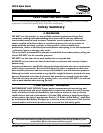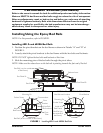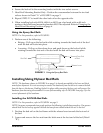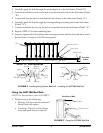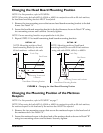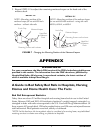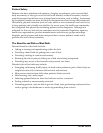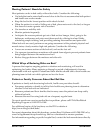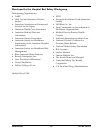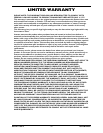
ICCG Bed Rails 8 Part No 1143214
Patient Safety
Patients who have problems with memory, sleeping, incontinence, pain, uncontrolled
body movement, or who get out of bed and walk unsafely without assistance, must be
carefully assessed for the best ways to keep them from harm, such as falling. Assessment
by the patient’s health care team will help to determine how best to keep the patient safe.
Historically, physical restraints (such as vests, ankle or wrist restraints) were used to try
to keep patients safe in health care facilities. In recent years, the health care community
has recognized that physically restraining patients can be dangerous. Although not
indicated for this use, bed rails are sometimes used as restraints. Regulatory agencies,
health care organizations, product manufacturers and advocacy groups encourage
hospitals, nursing homes and home care providers to assess patients’ needs and to
provide safe care without restraints.
The Benefits and Risks of Bed Rails
Potential benefits of bed rails include:
• Aiding in turning and repositioning within the bed.
• Providing a hand-hold for getting into or out of bed.
• Providing a feeling of comfort and security.
• Reducing the risk of patients falling out of bed when being transported.
• Providing easy access to bed controls and personal care items.
Potential risks of bed rails may include:
• Strangling, suffocating, bodily injury or death when patients or part of their body are
caught between rails or between the bed rails and mattress.
• More serious injuries from falls when patients climb over rails.
• Skin bruising, cuts, and scrapes.
• Inducing agitated behavior when bed rails are used as a restraint.
• Feeling isolated or unnecessarily restricted.
• Preventing patients, who are able to get out of bed, from performing routine activities
such as going to the bathroom or retrieving something from a closet.



